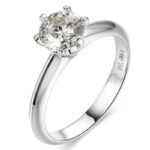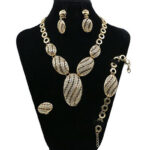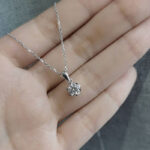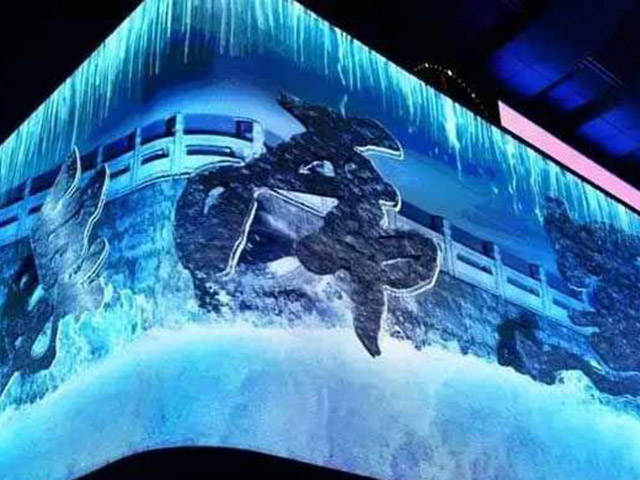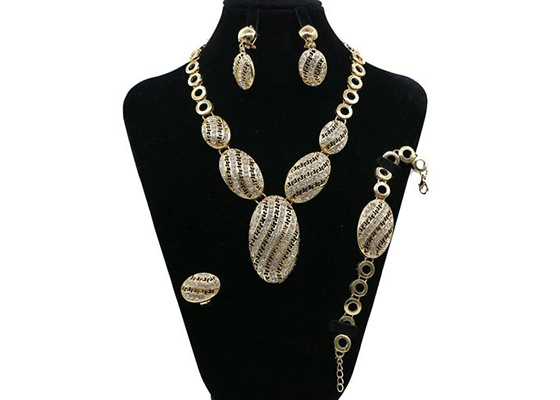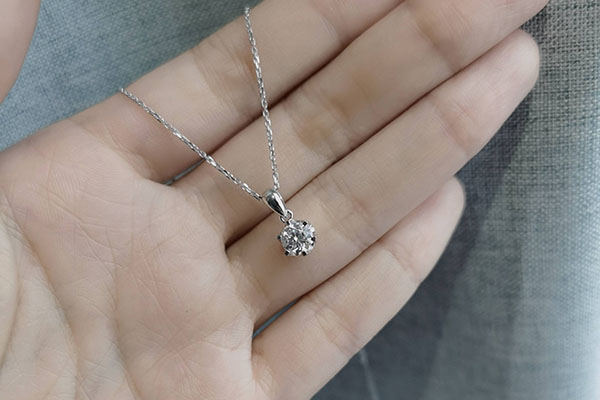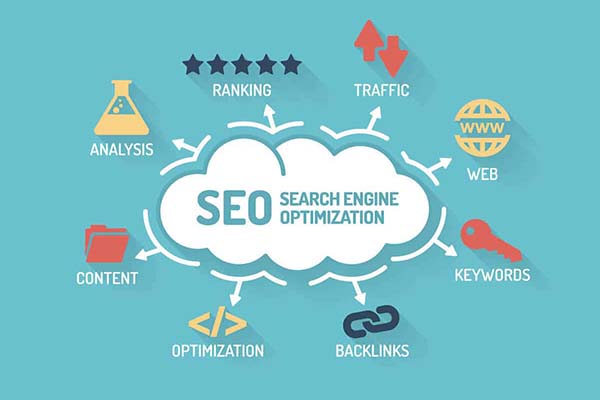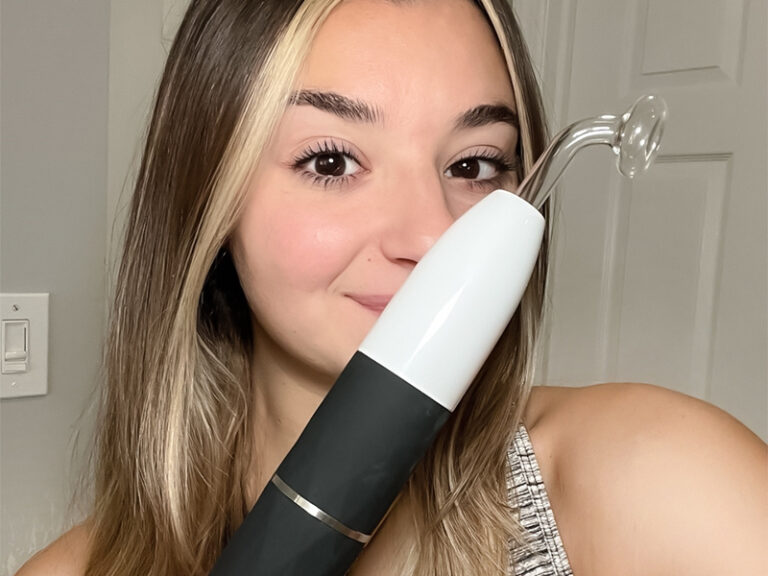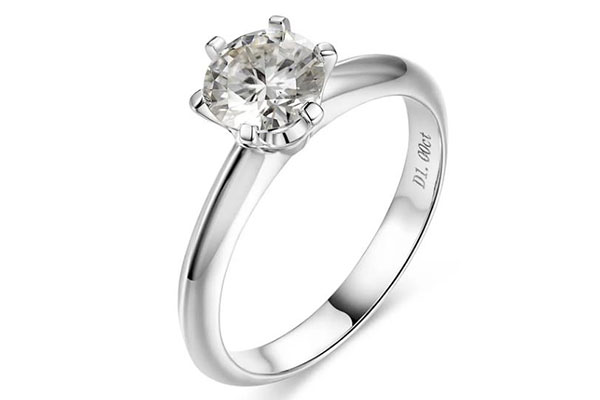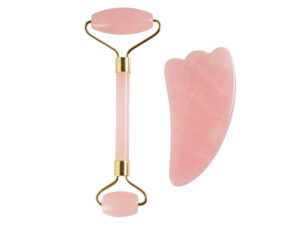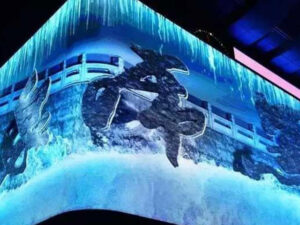3D LED billboards are a type of digital advertising that uses LED technology to display three-dimensional images and animations. These billboards are becoming increasingly popular due to their ability to grab attention and convey information in an engaging way.
Importance and benefits of 3D LED billboards
3D LED billboards have many advantages over traditional 2D billboards. They have the ability to grab attention from a distance, and the added dimensionality makes the images and animations more engaging and memorable. They are also highly customizable, with the ability to display a wide range of content, from text and images to videos and animations.
In addition, 3D LED billboards are highly energy-efficient, using LED technology which consumes less energy than traditional incandescent bulbs. This not only saves on energy costs, but also has a positive impact on the environment.
Brief history of 3D LED billboards
The first 3D LED billboards were introduced in the early 2000s, but they were limited by technology and cost. However, as technology has advanced, so too has the capability of 3D LED billboards, with more advanced displays and control systems now available.
Technology behind 3D LED billboards
Types of LED displays
There are several types of LED displays used in 3D LED billboards, including:
- SMD (surface-mount device) LED: This type of LED uses a small chip that is mounted directly onto the circuit board. It is highly efficient and has a wide viewing angle.
- DIP (dual in-line package) LED: This type of LED uses a small package with two leads that are inserted into a circuit board. It is less efficient than SMD LED, but is less expensive and has a longer lifespan.
- COB (chip-on-board) LED: This type of COB LED display uses a single chip that is mounted directly onto the circuit board and covered with a small amount of epoxy. It is highly efficient and has a wide viewing angle.
Resolution and brightness
The resolution of a 3D LED billboard is measured in pixels per square meter (ppm). The higher the resolution, the more detailed the image will be. The brightness is measured in nits and it is important because it determines how well the image will be visible in different lighting conditions.
Energy efficiency and environmental impact
LED technology is highly energy-efficient, consuming up to 90% less energy than traditional incandescent bulbs. This not only saves on energy costs, but also has a positive impact on the environment.
Control systems and software
3D LED billboards are controlled by a computer system that manages the display of content. This includes scheduling and playing back content, as well as adjusting the brightness and color of the display.
Design and Production of 3D LED billboards
Materials used for 3D LED billboards
The materials used in the construction of 3D LED billboards include:
- LED modules: These are the individual LED lights that make up the display. They can be made of either SMD, DIP, or COB LED technology.
- Circuit boards: These are the boards that the LED modules are mounted on. They can be made of either plastic or metal.
- Enclosures: These are the protective cases that house the LED modules and circuit boards. They can be made of a variety of materials, including aluminum and steel.
Software used for 3D modeling and animation
3D modeling and animation software are used to design and create the content that is displayed on 3D LED billboards. Some popular software include:
- AutoCAD: This software is used for creating detailed 3D models and designs.
- Maya: This software is used for creating 3D animations and visual effects.
- Adobe After Effects: This software is used for creating motion graphics and visual effects.
Cost of production
The cost of producing a 3D LED billboard can vary greatly depending on the size, resolution, and complexity of the display. On average, the cost can range from $10,000 to $100,000 or more.
Lead time for production
The lead time for producing a 3D LED billboard can also vary greatly depending on the size, resolution, and complexity of the display. On average, the lead time can range from 4 to 12 weeks.
Installation and Maintenance of 3D LED billboards
Location and zoning laws
Before installing a 3D LED billboard, it is important to check with local authorities to ensure that the location is zoned for billboard advertising and that all necessary permits have been obtained.
Installation process
The installation process for a 3D LED billboard typically involves assembling the LED modules and circuit boards, attaching them to the enclosure, and then mounting the completed unit on the billboard structure.
Maintenance and upkeep
Regular maintenance and upkeep are required to ensure that the 3D LED billboard is functioning properly and to extend its lifespan. This can include tasks such as cleaning the LED modules, replacing burned-out LED lights, and adjusting the brightness and color settings.
Case Studies and Examples
Successful 3D LED billboard campaigns
- In 2018, a car manufacturer used a 3D LED billboard in Times Square, New York City to unveil their new electric car model. The 3D animation on the billboard showcased the car’s features and generated a lot of buzz for the brand.
- A fast food chain used a 3D LED billboard in downtown Los Angeles to promote their new menu item. The 3D animation showed the food being prepared in an eye-catching and appetizing way, leading to a significant increase in sales for the chain.
Impact of 3D LED billboards on business and marketing
3D LED billboards have been found to have a positive impact on business and marketing. They have been shown to increase brand awareness and drive sales, as well as generate buzz and interest in products and services.
Examples of innovative 3D LED billboards
- A clothing brand used a 3D LED billboard in New York City to showcase their new fashion line. The 3D animation on the billboard featured models walking down a virtual runway, displaying the clothing in a dynamic and engaging way.
- An art museum used a 3D LED billboard in Chicago to promote their upcoming exhibition. The 3D animation on the billboard showcased some of the artworks that would be on display, giving viewers a sneak peek of what to expect.
Conclusion
3D LED billboards are a highly effective form of digital advertising that can grab attention, convey information in an engaging way and increase brand awareness and drive sales. With advances in technology, 3D LED billboards are becoming more cost-effective and easier to produce. With the right installation and maintenance, they have a long lifespan and a positive impact on the environment. It is important to check with local authorities before installing a 3D LED billboard to ensure that the location is zoned for billboard advertising and that all necessary permits have been obtained.

